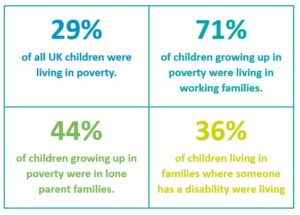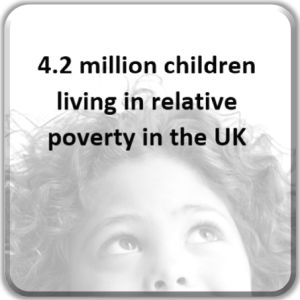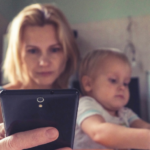By Aisha Muhammad, GMPA Public Policy Officer
On March 23rd, 2023, the Department for Work and Pensions (DWP) released their annual Households Below Average Income (HBAI) report. The report details the number of people experiencing poverty in the UK for the year up to the end of March 2022.
The key findings highlight an increase in relative poverty (the main measure of poverty used by GMPA, government and campaigners), with 14.4 million people living in relative low-income (after household cost are taken into account – referred to as ‘AHC’) between April 2021 and March 2022. A total of 8.1 million working-age adults were living in relative poverty (AHC) – an increase from 2.1 million the previous year – with those in families where no one is in work being more likely to be in poverty (38%) than those where at least one person is in work (10%).
The percentage of pensioners in relative poverty (AHC) increased to 18% – with 2.1 million pensioners living in below the poverty line. This continues an upward trend in relative poverty for pensioners seen over recent years.
 Just under three in ten children (29%) in the UK were living in relative poverty, 4.2 million children in total (an increase of 350,000 on the previous year). This large increase is, in part, likely to have been driven by the ending of the £20 Universal Credit uplift in October 2021. Of the number of children facing poverty, the majority (71%) were living families where at least one adult is in work.
Just under three in ten children (29%) in the UK were living in relative poverty, 4.2 million children in total (an increase of 350,000 on the previous year). This large increase is, in part, likely to have been driven by the ending of the £20 Universal Credit uplift in October 2021. Of the number of children facing poverty, the majority (71%) were living families where at least one adult is in work.
The statistics illustrate what many organisations are seeing on the ground, with certain family types accounting for large proportions of those experiencing poverty. For example, among children experiencing poverty, 44% were in lone parent families, 42% were in families with 3 or more children, and 36% in families where someone has a disability
The reports details some of the experiences and consequences of poverty across the UK. Children in relative poverty were identified to be less likely to live in a ‘food secure household’ compared with working-age adults and pensioners in low-income households, highlighted by the report findings that 800,000 children lived in households that needed food from a foodbank between 2021-2022. An estimated 750,000 pensioners were identified in a state of material deprivation.
The report identified disparities based on ethnicity; 47% of children from Asian and British Asian families, 53% of children from Black/African/Caribbean and Black British families, and 25% of children in White families were living in poverty.
These statistics are stark and concerning. Whilst the government recognises that poverty rates are increasing, there is still no appetite for meaningful strategic action on poverty in Westminster. Governments, both national and local, must implement robust responses to poverty with a key focus on boosting household income and prioritising cash over other forms of welfare support.
The full report ‘Households Below Average Income: An Analysis of the UK Income Distribution: FYE 1995 to FYE 2022’ can be accessed here.






